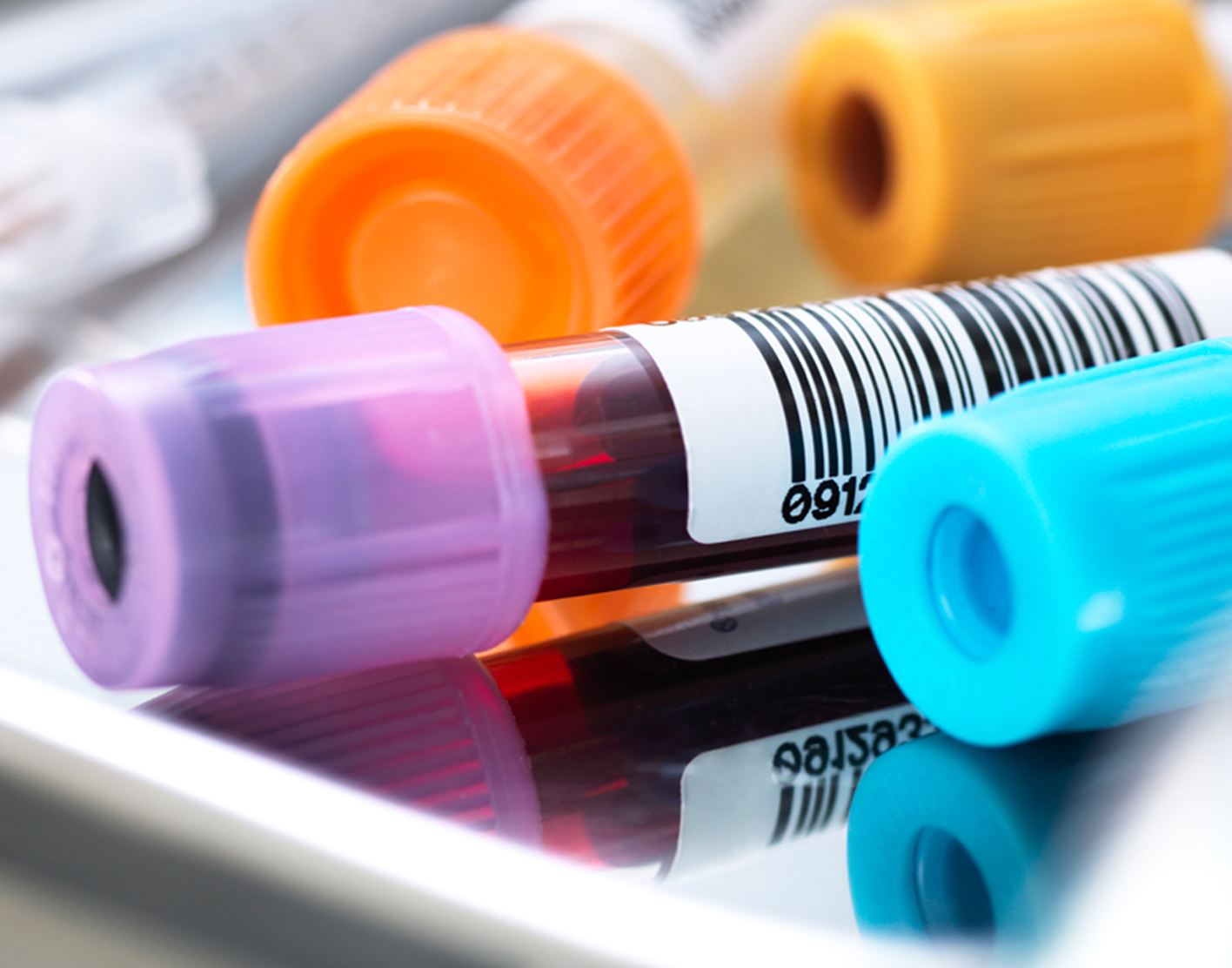
Abnormal hemoglobins testing
Definition
Hemoglobin is a protein in red blood cells that moves oxygen and carbon dioxide between the lungs and body tissues.
Hemoglobin derivatives are forms of
This article discusses the test used to detect and measure the amount of hemoglobin derivatives in your blood.
Alternative Names
Methemoglobin; Carboxyhemoglobin; Sulfhemoglobin
How the Test is Performed
The test is done using a small needle to collect a sample of blood from a vein or an artery. The sample may be collected from a vein or artery in the wrist, groin, or arm.
Before blood is drawn, your health care provider may test circulation to the hand (if the wrist is the site). After the blood is drawn, pressure applied to the puncture site for a few minutes stops the bleeding.
How to Prepare for the Test
No special preparation is needed.
For children, it may help to explain how the test will feel and why it is done. This may make the child feel less nervous.
How the Test will Feel
You may feel slight pain or a sting when the needle is inserted. You may also feel some throbbing at the site after the blood is drawn.
Why the Test is Performed
- Carboxyhemoglobin is a hemoglobin derivative to which carbon monoxide has attached. High amounts of carboxyhemoglobin ("carbon monoxide poisoning") prevent the normal movement of oxygen and carbon dioxide by the blood. Carbon monoxide is released in the exhaust from cars, trucks, small engines, stoves, lanterns, grills, fireplaces, gas ranges, and furnaces. In closed spaces such as homes or garages that are not adequately ventilated, carbon monoxide can build up to dangerous levels.
- Sulfhemoglobin and methemoglobin are rare hemoglobin derivatives to which oxygen cannot attach. They may occur when you take certain medicines such as dapsone, metoclopramide, nitrates, or sulfonamides.
Normal Results
Some levels of hemoglobin derivatives may be normal:
- Carboxyhemoglobin -- less than 1.5% (but may be as high as 9% in smokers)
- Methemoglobin -- less than 2%
- Sulfhemoglobin -- undetectable
Normal value ranges may vary slightly among different laboratories. Talk to your provider about the meaning of your specific test results.
What Abnormal Results Mean
High levels of hemoglobin derivatives can lead to major health problems.
Carboxyhemoglobin:
- 10% to 20% -- symptoms of carbon monoxide poisoning begin to appear
- 30% -- symptoms of carbon monoxide poisoning may be severe
- 50% to 80% -- potentially deadly
Methemoglobin:
- 10% to 25% --
bluish skin color (cyanosis) - 35% to 40% -- shortness of breath and headache
- Over 60% --
lethargy andstupor - Over 70% -- potentially deadly
Sulfhemoglobin:
- Values of greater than 10 grams per deciliter (g/dL) or 6.2 millimoles per liter (mmol/L) cause bluish skin color, but do not usually cause harmful effects.
References
Benz EJ, Ebert BL. Hemoglobin variants associated with hemolytic anemia, altered oxygen affinity, and methemoglobinemias. In: Hoffman R, Benz EJ, Silberstein LE, et al, eds. Hematology: Basic Principles and Practice. 8th ed. Philadelphia, PA: Elsevier; 2023:chap 44.
Marshall WJ, Lapsley M, Day A, Shipman K. Therapeutic drug monitoring and chemical aspects of toxicology. In: Marshall WJ, Lapsley M, Day A, Shipman K, eds. Clinical Chemistry. 9th ed. St Louis, MO: Elsevier; 2021:chap 21.
Toffalett JG, Rackley CR. Introduction to blood-gas tests and blood-gas physiology. In: Toffalett JG, Rackley CR, eds. Blood Gases and Critical Care Testing. 3rd ed. Philadelphia, PA: Elsevier; 2022:chap 1.
Vajpayee N, Graham SS, Bem S. Basic examination of blood and bone marrow. In: McPherson RA, Pincus MR, eds. Henry's Clinical Diagnosis and Management by Laboratory Methods. 24th ed. Philadelphia, PA: Elsevier; 2022:chap 31.
Review Date: 18/04/2023
The information provided herein should not be used during any medical emergency or for the diagnosis or treatment of any medical condition. A licensed physician should be consulted for diagnosis and treatment of any and all medical conditions. Call 911 for all medical emergencies. Links to other sites are provided for information only -- they do not constitute endorsements of those other sites. Copyright ©2019 A.D.A.M., Inc., as modified by University of California San Francisco. Any duplication or distribution of the information contained herein is strictly prohibited.
Information developed by A.D.A.M., Inc. regarding tests and test results may not directly correspond with information provided by UCSF Health. Please discuss with your doctor any questions or concerns you may have.



























